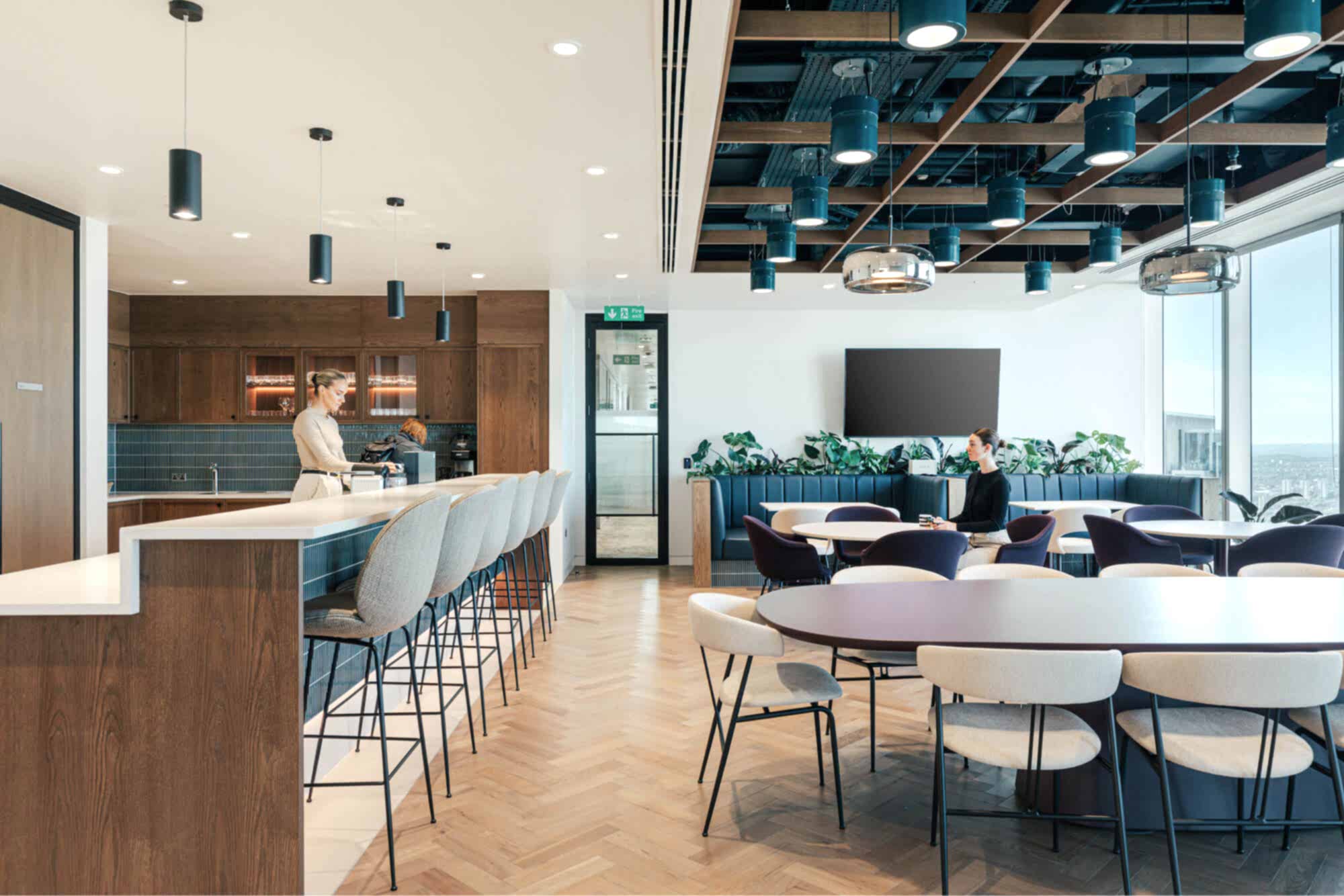Workplace Acoustics and Noise Reduction Strategies
25th June, 2024
Acoustics in the workplace impact everything from wellbeing to productivity and the overall quality of the office experience, so how can design make a difference?
Workplace acoustics are a fundamental part of creating an environment that’s functional and welcoming, informing the sense of quality and making an impression on your team, your clients and anyone else who visits the office. It’s one thing for an office to look professional, but the noise levels and sound in the space makes a profound difference to how we feel in it as well.
In this article we look at why workplace acoustics are important, what impact they have and how to improve them with the right design solutions.

Why are workplace acoustics important?
Acoustics are not just about what we can hear, but perhaps more importantly what we can’t hear. Often offices are busy places with lots of people moving around and having a variety of conversations. Perhaps you’re in a building with other offices and sound can travel through the walls, or perhaps you’re located in the middle of a busy town or city – it all has an impact on your team and your space.
Acoustics and noise reduction are not just about the practicalities of needing quiet to concentrate however, they also have a powerful impact on our wellbeing and our quality of life. As a commercial consequence of that, our productivity, concentration, workplace satisfaction, stress levels, quality of communication, quality of work and general sensory overload can all be impacted. Sound is one of those things where you might not realise what’s wrong, but simply that a space doesn’t feel right, that you can’t concentrate or that it’s an unpleasant space to be in.
On a wider note, unwanted noise, or noise pollution, also affects health on a more systemic level. It can negatively impact our clarity of hearing and prove to be general annoyance which can affect mood and wellbeing. Lots of studies show that high noise levels increase stress and blood pressure, having both long- and short-term health issues.
A UK Parliament report writes that “Epidemiological evidence suggests that noise pollution can both cause annoyance and increase the risk of stroke and heart disease.”
Meanwhile, Harvard Medicine said: “… noise pollution not only drives hearing loss, tinnitus, and hypersensitivity to sound, but can cause or exacerbate cardiovascular disease; type 2 diabetes; sleep disturbances; stress; mental health and cognition problems, including memory impairment and attention deficits; childhood learning delays; and low birth weight. Scientists are investigating other possible links, including to dementia.”


What impacts workplace acoustics?
Sound is made up of lots of different elements:
- Direct sound (like a colleague speaking directly to you)
- Reflected sound (when noise interacts with a surface and bounces back)
- Reverberation (the time for sound energy to dissipate in a space until it is inaudible)
When sound interacts with a surface it’s either absorbed or reflected, and this is where you can start to get an accumulation of noise that can be overwhelming.With that in mind, sound needs to be designed into a space, preferably from the very beginning so you can enhance sound quality and minimise noise pollution.
Sound insulation and workplace acoustics are affected by the space, as well as the materials used both within the structure of the building and the layers on top – the flooring, the ceiling tiles, the wall coverings, the furniture and so forth. For example, if you want to have a private meeting, it’s not simply a question of putting up a wall, but the materials that are used to prevent sound from travelling. If you want to have glass partitions throughout your office but you still want to have confidential meetings, then you can’t use any old glass – you need it to have the right level of acoustic treatment.
Naturally, the purpose of different spaces will have a bearing on noise and its impact on the working environment. With the rise of open plan office spaces, sound insulation and designing acoustic solutions for the workplace is even more important. There’s a lot to be gained from open plan environments, but hard floors and surfaces do little to absorb sound. At the other end of the spectrum, there’s the need to maximise sound quality so that people can hear one another properly, hear presentations and so forth. That’s affected by both the quality of the audio-visual equipment and associated acoustic treatments.
Acoustic solutions for the workplace
There are basic building regulations that make specifications around sound insulation in different buildings, but these are fairly low level. Done well, sound in the workplace is a holistic consideration of lots of elements built up in layers – there’s the construction of the space, the organisation of the space and then the finishes.
Broadly speaking, when it comes to the construction, example tools that can be used to improve acoustics include:
- Installing dedicated meeting rooms, quiet areas and phone booths
- Insulation in the walls and ceilings
- Acoustic or soundproof doors
- Using sound absorbing partitions and reflective panels
- Acoustic panelling including stretch fabrics and sound insulation panels
- Acoustic ceiling baffles and wall cladding
In terms of the organisation of the space, key considerations might be:
- The arrangement of teams and how they work in the office (spaces for focused work vs collaborative work)
- Having separate breakout areas and communal spaces
- Separate spaces for noisy machinery
- Installing
- The informed positioning of audiovisual equipment in relation to the size and shape of the space
When it comes to the finishes, helpful solutions can include:
- Decorative panels that look like artwork
- Carefully chosen curtains, carpets and materials (cork, for example, is highly absorbent)
- Acoustic or sound absorbing furniture
- The addition of plant life including living walls
- Desk linings (they account for a significant portion of hard surfaces in offices)
It’s not about having total silence either; it’s about the quality of sound. Indeed, many people find that if the space is too quiet then they can’t concentrate either, leading some offices to be interested in the use of ambient noise including soundscapes and white noise.


Noise Reduction and Workplace Acoustics in Action
At Maris, sound quality and noise reduction play a significant role in our design considerations as standard. Then, depending on both the space itself and the specifics of the business, what it does, what it needs and what it wants, we make more bespoke considerations to maximise the quality of the workplace experience. Here are a few examples:
Acoustic Treatments for Credit Compliance
For global credit agency AM Best, compliance requirements necessitated the inclusion of private spaces and acoustics. Therefore, alongside open plan areas we included several private offices and phone booths, all of which we double glazed and treated for acoustics. To enable flexible use however, we installed a folding wall in the front of house meeting rooms, so that they can also be used as an event space or adapted for different numbers of people.
State-of-the-Art Student Radio Stations
When London South Bank University set out to create state-of-the-art sound studios for students set to be the next generation of media leaders, we brought in some of the best consultants in the UK for acoustic design. The result is equipment fit for a real-life broadcaster.
Sound Quality for a Dynamic Tech Leader
In a space that brings together multiple businesses under one umbrella, global leader, Cassava Technologies needed a space that reflected their mission and their reverence for exceptional standards. Part of that was ensuring superb sound quality in a busy workspace. Amongst the features we included acoustic rafts in the form of abstract shapes relating to the brand guidelines, simultaneously providing a warm welcome and promoting a dynamic, technology-driven environment.
Ultimately, ensuring sound and acoustic quality in the workplace is a somewhat hidden but essential part of designing an excellent working environment that supports the team and reflects the investment of the business.
You May Also Like
In detail: Pillsbury Winthrop Shaw Pittman LLP
CSR in Office Interior Design and Fit Out
Furniture’s Role in Creating Effective Workspaces
Cultivating Creativity at the Top
Financing interior design and fit out projects
The secret to creating the best office spaces

